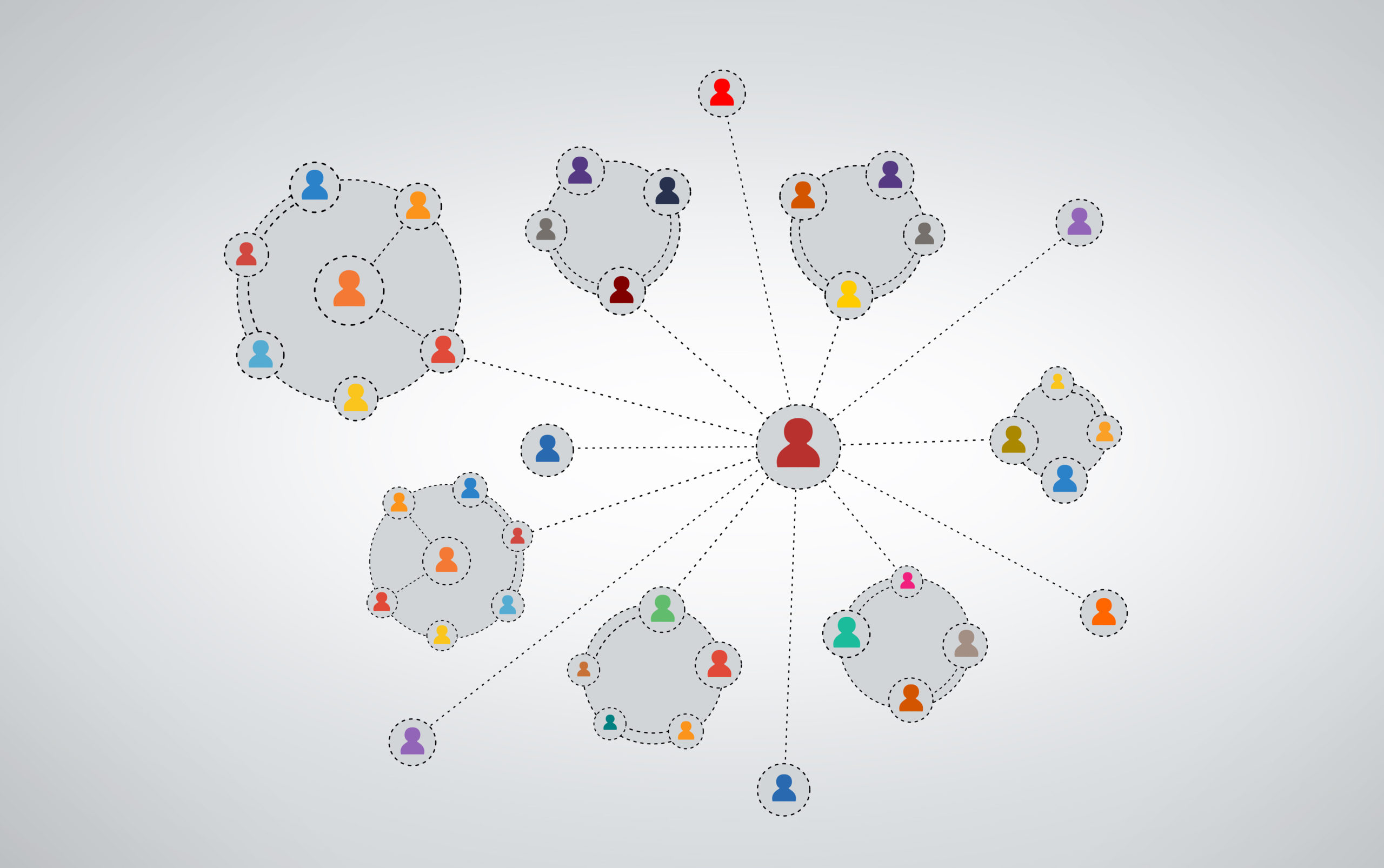Everything You Need to Know About The Donor Lifecycle – Part 2

The following is a guest post from Kindful, a nonprofit software company that helps you organize your data and manage your donors better.
In a previous post we gave a brief introduction to the donor lifecycle and the different phases:
The donor lifecycle can be broken down into three phases: acquisition, or collecting contacts to cultivate into donors and welcoming them to your organization; retention, or keeping them engaged to prevent lapsing; and upgrade, or cultivating relationships with your donors to get them to keep on giving.
In this post we’ll dive a bit deeper into how you can measure each phase and what you should be focused on with each aspect of the donor lifecycle.
Acquisition
Measurement
First, let’s look at measuring the acquisition of contacts. You can gauge new contacts added to your database over a certain period of time, and you can measure it against resources put toward your marketing campaigns.
If you measure it monthly, don’t get too focused on the numbers, as there may be fluctuation depending on the consistency of your marketing initiatives. For example, you may hold a big annual event in December that garners plenty of new contacts from crowdfunding, so don’t worry too much about the contact acquisition comparisons between December and January.
When it comes to donors, you can’t go wrong with analyzing join date (when that contact was first added to your database) versus first donation date, as this day range over time is a good metric to track how your nonprofit is improving its contact nurturing. The fewer number of days, the better.
It’s essential to track how many contacts convert into new donors because the number of converted donors divided by your total number of contacts gives your conversion rate, another key metric that will help you understand your nonprofit’s nurturing status. You can also look at acquisitions of both donors and contacts by channel, whether that’s events, campaigns, source, or advocacy.
What to Do With Acquisition
Placing new contacts or donors into a welcome series is an important part of the acquisitions process that mustn’t be overlooked. This involves an easily automatable series of emails so those new to your nonprofit can learn more about your mission and what their gift would go toward.
But newbies aren’t the only ones who need a response strategy. You also need to consider your strategy for recurring or major donors, depending on the size of your organization and the size of their gifts. Create a defined hierarchy of gifts depending on giving amounts and frequency (such as new recurring donors getting a handwritten thank you note).
Retention
Measurement
Lapsing is the antithesis of retention. If a donor hasn’t given anything over a given amount of time, then you haven’t retained them. So to measure your retention rate, you must measure the amount of donors that have given more than once in that time.
Another good technique is analyzing when donors are about to lapse by looking for donors that gave a little over a year ago on a monthly basis. Sending them an appeal (“Last year you gave ___, and it helped us accomplish ___. Would you consider giving ___ this year to help us do ____?”) could be the difference between retention and lapse of that donor.
Finally, you can measure their engagement with your events and emails via good donor management software. Even if they’re not giving financially, you can also count giving time or other resources as a win.
What to Do With Retention
The key to retention is simple: Emotionally connect with your donors. Make sure they’re receiving thank you emails, and if it’s possible, have someone call first-time donors—at least if they give a high amount.
Additionally, keep tabs on those who are in danger of lapsing. Reach out to them via email and phone to a) remind them of their previous donation; b) let them know what their donation helped your organization achieve; and c) invite them to continue making a difference this year.
One more useful technique is to analyze trends of lapsing donors to see if there’s a commonality, whether that’s a certain campaign or a gift amount. This will help you identify holes in your engagement.
Upgrade
Measurement
The easiest way to measure upgrades is to compare their donations over time. If a donor has increased their donations this year compared to last year, they’ve upgraded. But don’t just analyze the number of upgraded donors—try to analyze them for patterns, like the amount they first donated or how often they open your newsletter.
What to Do With Upgrading
The most important word when considering upgrading is segmentation, or separating your donors into groups of similar giving. This way, you can encourage them to give more but not so much that it will scare them away. For example, if they contributed less than $25, you can suggest they give $25; less than $50, suggest $50.
Apart from simply focusing on donation increase, you can also adopt two goals for upgrading donors: creating recurring and major givers.
Recurring givers are, of course, the foundation for most nonprofits, giving your donations a stable base—and the methods of converting one-time givers into recurring givers can be systematic. Try inviting donors who gave you $120 at once this year to give $10 a month instead. Major givers, on the other hand, must be upgraded relationally, so your response to them must be personal and with extreme gratitude to cultivate that relationship and make that donor a continuous major donor.
Now that you have a better idea of what the lifecycle is you can start to look more closely at how your organization is guiding donors through it.
who subscribe to our free, email newsletter. It’s information that will empower your nonprofit!
